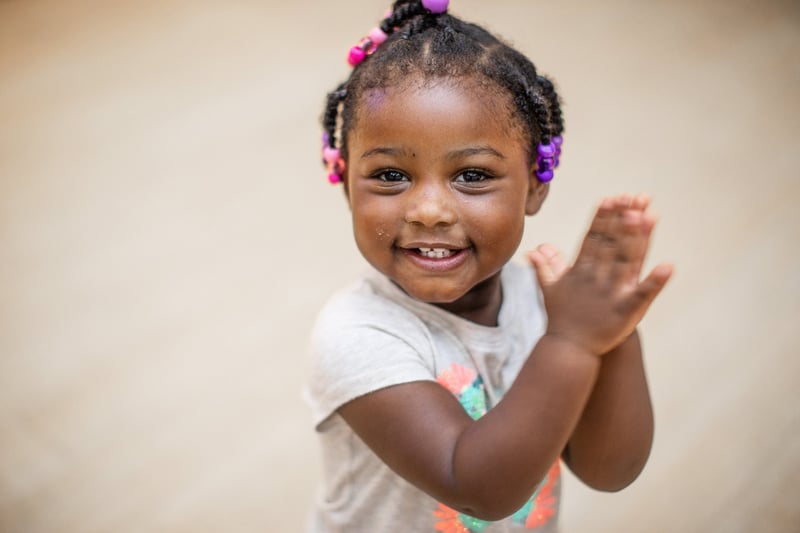Condition
Pediatric Juvenile Ankylosing Spondylitis
What You Need to Know
Juvenile ankylosing spondylitis (JAS) is a type of arthritis that causes inflammation of the spine and large joints, resulting in stiffness and pain.
Key Symptoms
Common symptoms of juvenile ankylosing spondylitis may include:
- Back pain
- Early morning stiffness
- Inability to take a deep breath
Diagnosis
Doctors typically diagnose juvenile ankylosing spondylitis by:
- X-rays
- Erythrocyte sedimentation rate (ESR or sed rate)
- Detection of (HLA-B27) antigen
Treatment
- Nonsteroidal anti-inflammatory medication
- Short-term use of corticosteroids
- Disease modifying antirheumatic drugs
- Maintain proper posture
- Regular exercise
- Physical therapy
Schedule an Appointment
Our pediatric specialists provide personalized care for your child’s physical, mental and emotional health needs. Meet the providers who treat juvenile ankylosing spondylitis and schedule an appointment today.
Frequently Asked Questions
What is juvenile ankylosing spondylitis?
What causes juvenile ankylosing spondylitis in a child?
Which children are at risk for juvenile ankylosing spondylitis?
What are the symptoms of juvenile ankylosing spondylitis?
How is juvenile ankylosing spondylitis diagnosed?
How is juvenile ankylosing spondylitis treated in a child?
What are the possible complications of juvenile ankylosing spondylitis in a child?
How can I help my child live with juvenile ankylosing spondylitis?
Departments that Treat Juvenile Ankylosing Spondylitis

Rheumatology
Rheumatology experts at Children's National manage autoimmune and inflammatory disorders affecting a growing child's muscles, connective tissues and joints, including fibromyalgia, arthritis, lupus and more. Learn more about this department.
Schedule Appointment
Help Kids and Make a Difference
Invest in future cures for some of life's most devastating diseases. Give today to help more children grow up stronger.







